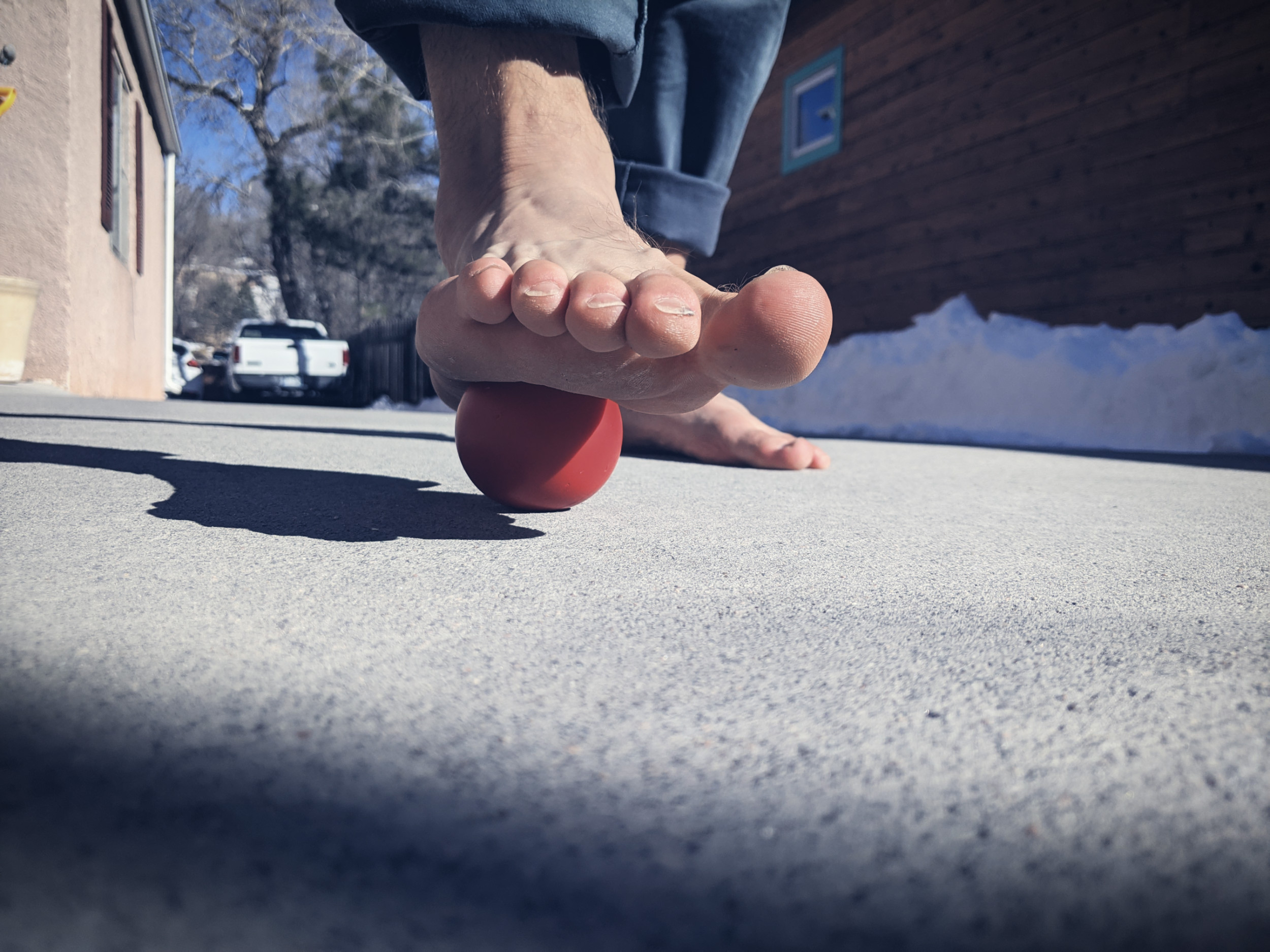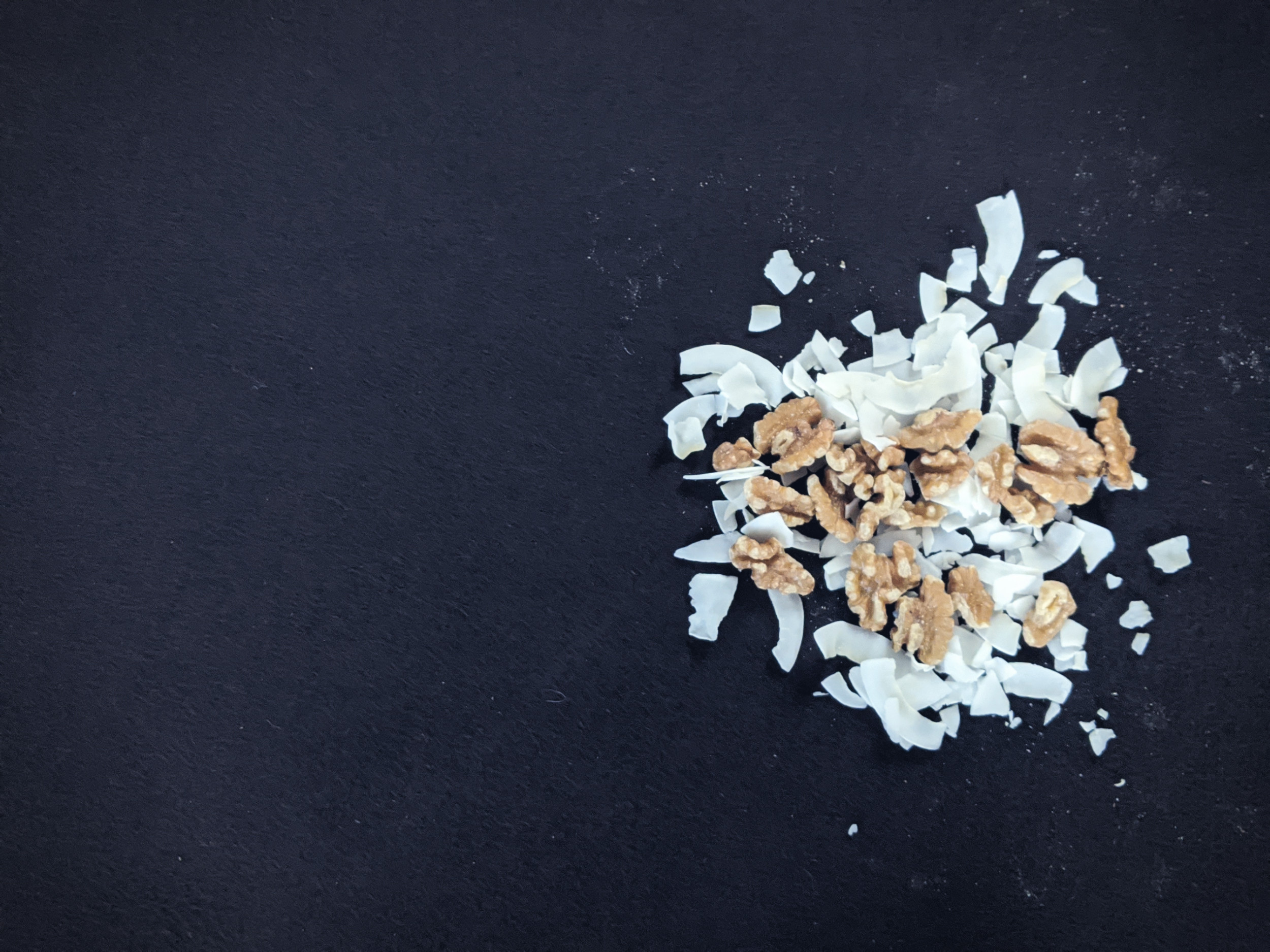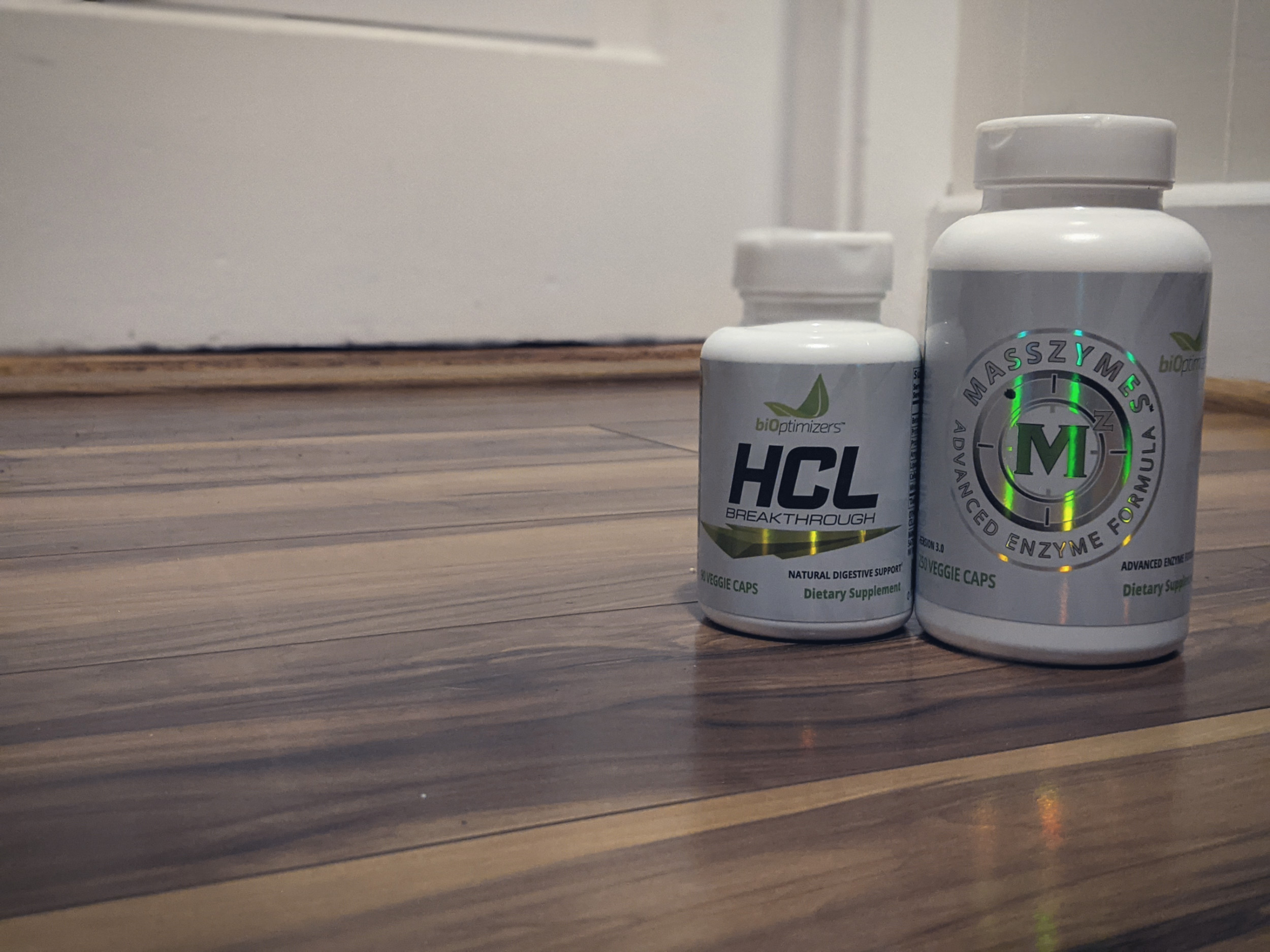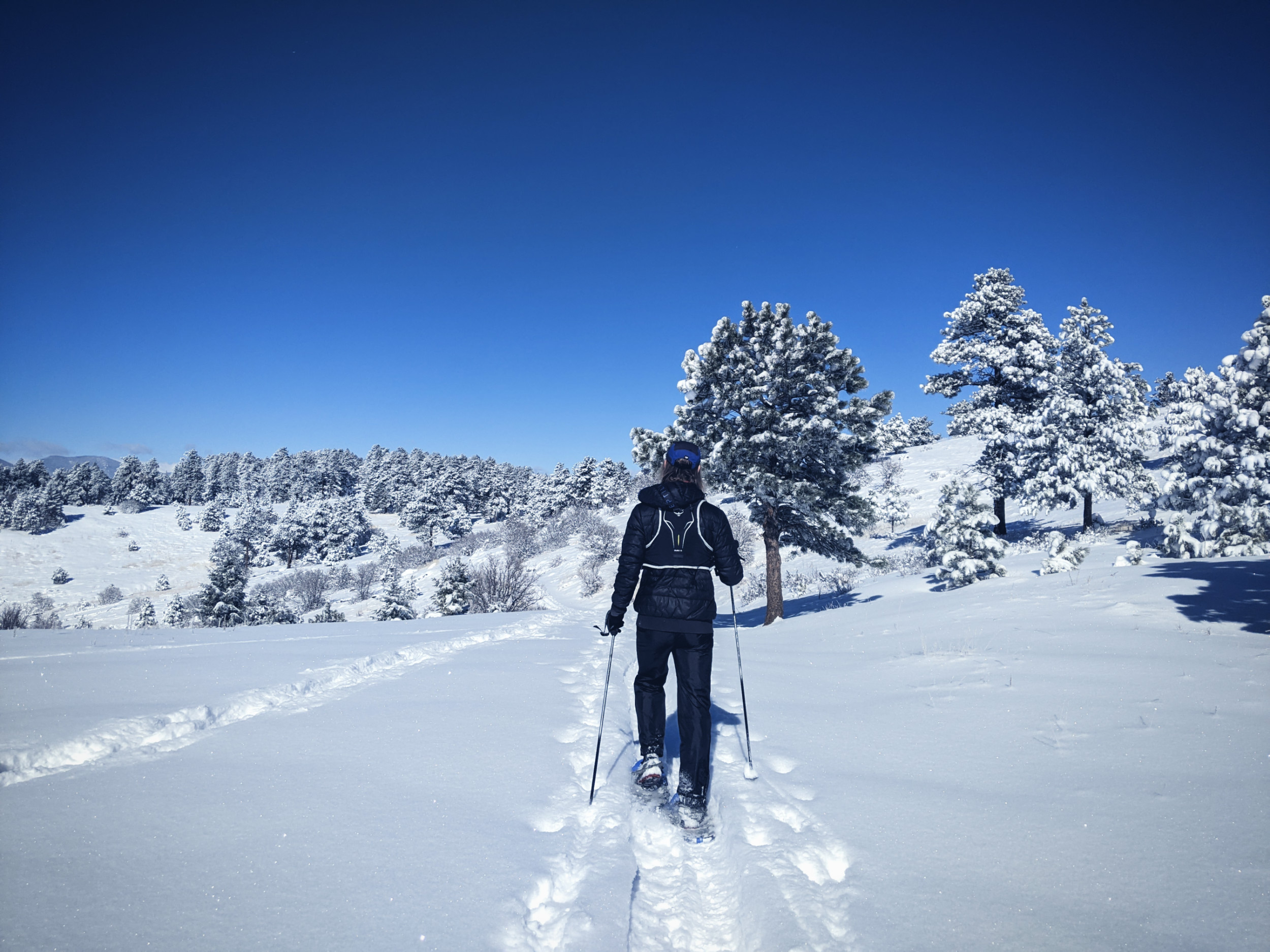Are you currently recovering from a half marathon? Or are you planning ahead of time and researching how to recover faster once you cross the finish line? Well, you’ve come to the right place!
In today’s post, I share my 11 best tips for a half marathon recovery, and even though these are geared toward a half marathon, remember recovery is an ongoing task!
Try some of these recovery suggestions during training too! The better you recover, the stronger, faster, and more resilient you’ll become!
Recovery is necessary no matter your fitness level; whether you’re an experienced runner or a novice, recovery is when you solidify those gains.
Some of the tips may seem like common sense, and some may sound pretty odd. But I suggest trying them anyway and seeing how you feel afterward. Experiment and find what works best for you and keep an open mind.
1. Hot/Cold Contrast
Have you ever heard of the ice bath? Maybe even the Finnish jumping in cold lakes. Well, there’s something behind the crazy act.
With Hot/Cold Contrast, ice baths can be half of that equation, but the other half, heat, is the element proven to increase blood flow and improve recovery.
Why do we want to increase blood flow?
Increased blood flow helps flush waste products from your body and drives essential nutrients into the muscular-skeletal system to repair any damage caused by running a half marathon.
Why Hot and Cold?
Cold water immersion is good for numbing the pain and giving you the shock of your life! But after you’ve run a half marathon, you don’t want to trick your body; you want to help your body recover.
By adding some heat, you’ll promote vasodilation, that’s a fancy word to say the widening of blood vessels, which allows for better blood flow and pushes blood towards the skin. You want maximum blood flow to move nutrients into all areas of the body.
Conversely, cold constricts the blood vessels and shunts blood internally towards your organs, another important mechanism to flush waste products out of the blood.
Although the mechanism in which hot, cold contrast isn’t fully understood, the assumption is that the change in blood flow is related to the improved recovery. And at least, there are no reported detriments to hot-cold contrast.
How to do Hot/Cold Contrast Recovery
Jump in the shower. Turn your shower on hot. Don’t scold yourself; just make it tolerable.
Enjoy your 2-minute hot shower, and then switch it to cold for 15-30 seconds! Bare with it; you’ll get used to it!
Now repeat 3-4 times.

2. Sleep/take a Nap
I’m not sure I need to tell you to sleep after strenuous physical exertion; I’m sure you’ll already be tired and want plenty of rest.
But do remember not to party the night away and neglect the all-important sleep your body needs from the onslaught of pain you put it through.
Why sleep?
Sleep allows your body to switch into full-on recovery mode, repairing all those micro-tears in the muscle fibers created from the punishment of the race. It also squashes that minor inflammation built up in your knees and ankles.
Still, want to party the night away? How about a quick 60-minute nap to get a little bit of post-race recovery in ahead of time!
3. Essential Amino Acids (EAAs)
Do you reach for a protein drink post-race? If so, this could be an interesting alternative.
Essential Amino Acids (EAAs) are a supplement that is essentially predigested protein! It sounds a bit weird, but there’s a huge advantage.
When you consume protein, you still have to rely on your digestive system breaking it down (digesting) into individual amino acids for your body to utilize.
After a run, especially on race day, where you’ve maxed out your efforts, your body is highly stressed, which often means your digestive system is not 100% efficient. That can lead to poor amino acids absorption and even digestion issues.
Because EAAs are already predigested, they’re in a state where they can be absorbed as soon as they hit the gut, which means they skip the gut upset and optimally fuel your much-needed protein simply!
A good rule of thumb is taking 5g of EAAs for every 1 hour of workout you complete. Meaning for a half-marathon, you’ll be taking anywhere between 5-10grams of EAAs.
Want to learn more about EAAs? Check out my blog post on supplements for runners.

4. Foam Roll
Some people love it; some people hate it.
If you don’t know what foam rolling is, it’s a form of self-massage using a big cylindrical foam block, placing your body weight on it to “roll” over sore muscles.
When rolling over the muscles, stop at tender points to release the tension. It helps increase the range of motion in the joints and reduces the risk of injury in the future.
Foam rolling is an excellent alternative if you don’t have the money to see a massage therapist and can even replace some aspects of a physical therapist. Seek out help when you’re fighting an injury as foam rolling is not the end all be all to releasing tension in the muscles if you have an underlying issue.
Why foam roll?
Foam rolling releases tight muscles promotes blood flow in the area and helps you maintain a full range of motion. These points will reduce the risk of tightening up after race day, which can cause future biomechanical issues.
Foam rolling works best on the big, long leg muscles. The calves, hamstrings, and quads, but if you want to dig deeper into the smaller areas, check out trigger point massage balls or use a tennis ball to find the tiny tender spots.
Don’t have a foam roller? Don’t worry; I’ve used wine bottles and water bottles. I occasionally lean up against the corner of a table and search around until I find a tender spot.

5. Eat
I probably don’t need to point out the obvious, but after a race, you need to refuel! Don’t just chug a sports drink and think you’re all fine and dandy!
Now, you don’t need to eat right away, as long as you’ve fueled up sufficiently before your race. But you should think about refueling with a highly nutrient-dense meal post-race.
Much like everyday eating, keep it simple. Consume nutritious meals made with real food, a dose of protein, a variety of vegetables, and carbs to replenish those glycogen stores.
After a race, one of my favorite gotos is lentils and rice, with veg on the side. It’s easy to digest and a well-balanced meal. Just add a good dose of salt to make it tasty.
If you can avoid it, I’d advise you to keep away from highly processed junk food you’d find in many restaurants. It may be high in calories, but with the poor quality food you find at most restaurants, you’re adding more stress on your body when it’s already stressed in a stressed state.

6. Systemic Enzymes
Have you heard of enzymes before? Maybe you’ve heard of digestive enzymes? Well, systemic enzymes are similar.
Enzymes are substances that help with a chemical reaction, and most functions in the body are chemical reactions. For example, digestive enzymes cause a chemical reaction to aid digestion. System enzymes cause a chemical reaction to help repair joints, muscles, and more.
There are many systemic enzymes on the market, but one particular enzyme has been studied much more than any other. Wobenzymes are sold throughout the world and are the go-to for all types of ailments and have been proven to shorten recovery time.
So before you go to bed on race day, don’t forget to throw back some systemic enzymes!
7. Breath
Just breath. I’m serious.
The breath is a fantastic (and free!) tool at your disposal.
If you speed up and deepen your breath, you’ll push yourself into a stressed state (much like when you run).
Slow down and lighten your breath, and you’ll relax the body, helping move your body into a state of repair. It’s also a great tool to lull you to sleep and reduce your heart rate.
So after your race, why not try a 5-10 minute slow breath session? It’s that simple. Encourage your body to hit the reset button.
If breathing exercises are new for you, try this Buteyko breathing exercise. Every time I use it, I feel much more relaxed, no matter my mood.
8.Yoga
The great thing about yoga is that there are a wide variety of yoga practices you can choose from depending on your needs. In this case, you’re looking for active recovery yoga.
A gentle yoga practice is an excellent way to recover. It’ll help relieve any tightness and improve blood flow throughout the body. Slowly moving your joints through their full range of motion is excellent when recovering from a stressful race.
Don’t know where to start? Patrick Beach is one of my favorite teachers, and I do one of his sessions almost every day.

9. Sauna/Hot Bath
I’m sure I must have been Finnish in a past life because I love a good sauna. And if you have access to one, it can be a great recovery tool.
Like other practices mentioned in this blog post, it’s about increased blood flow.
A sauna’s sole purpose is to heat you. And with that heat, blood rushes to the surface due to blood vessels dilation.
With the increased blood flow, waste products from the muscles are taken away, and essential nutrients are shuttled throughout the body as part of the recovery process.
Don’t have access to a sauna? Don’t worry; you can still reap significant benefits from a hot bath or hot tub.
Sit back and relax, and reflect on your big race.
10. Put your legs up the wall
Sounds strange, eh?
But seriously, lay down on the floor perpendicular to a wall with your legs straight up against the wall or a piece of furniture. Elevate your legs a little higher by placing a cushion under your bum at the base of the wall.
Now, wait—around 5 minutes or so.
Then get up. How do your legs feel? Revived?
The simple act of inverting the body can help many systems throughout the body. For example, any swelling caused by poor blood circulation gets a helping hand from gravity when your legs are up in the air.
On top of blood circulation, there’s also the lymphatic system which carries waste products and toxins away from your cells for elimination. Because the lymphatic system doesn’t have a pump (like the heart) to push the lymph fluid around the body, the simple act of inverting the legs helps with drainage.
Even in training, I incorporate this practice of legs up the wall when I have a long run, and I find it helps revive my legs in no time at all.

11. Walk
Yeah right. The last thing you want to do is keep on moving after a half marathon.
Either later in the day or even the next day, everyday runners often advise completing a recovery run or an easy run. If you think you’re up for it, go for it. But it can be just as beneficial to simply get on your feet and go for a walk.
Again, the reason for walking is all around the common theme of blood flow. Walking will get the blood moving around the body again and hopefully reduce any delayed onset muscle soreness (DOMS).
If you’re genuinely injured, skip the walk, put your feet up the wall, and opt for one of the other recovery tips mentioned above. But if you’re still mobile, there’s no excuse. Go for a walk.
